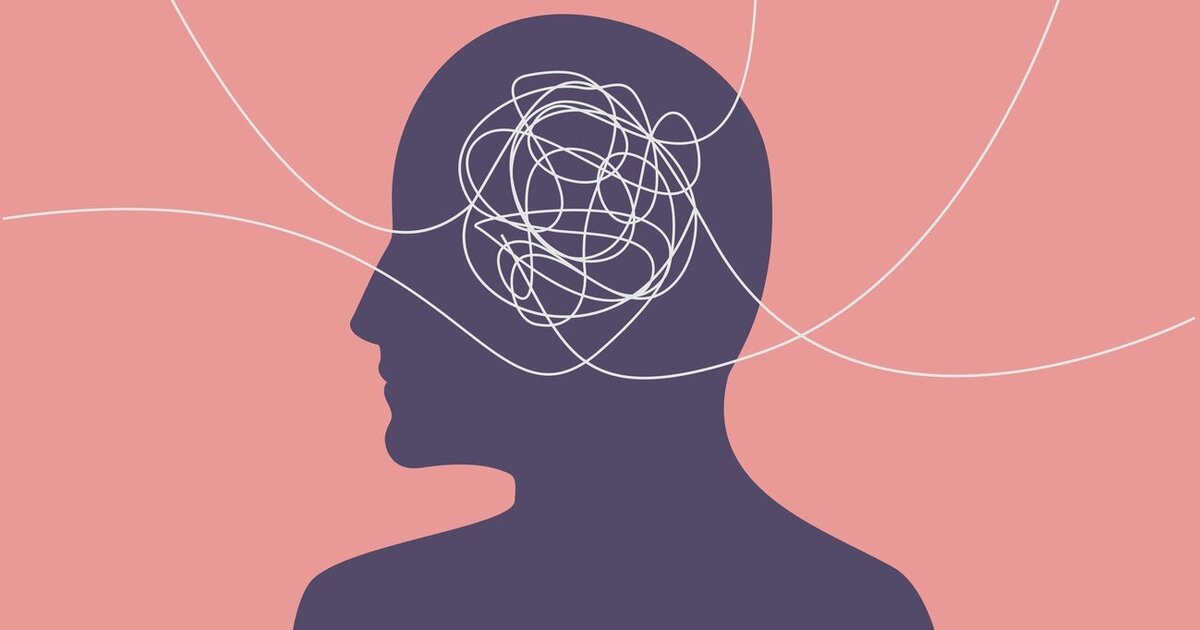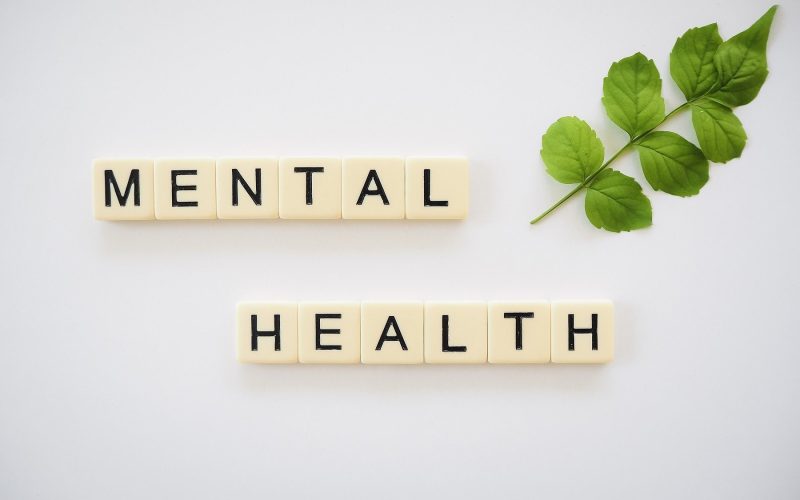In recent years, mental health awareness has surged to the forefront of public consciousness, driven by a combination of societal shifts, technological advancements, and increased advocacy. The growing recognition of mental health as a critical component of overall well-being has led to significant changes in how mental health issues are perceived, discussed, and treated. This article explores the current trends in mental health awareness and treatment, highlighting the key factors contributing to these developments.
The Rise of Mental Health Awareness
Social Media and Public Discourse
One of the most impactful factors in the rise of mental health awareness is the role of social media. Platforms like Facebook, Twitter, and Instagram have become spaces where individuals openly share their personal struggles and triumphs related to mental health. Hashtags such as #MentalHealthAwareness and #EndTheStigma have gained traction, fostering a sense of community and support among users. Influencers and celebrities have also played a crucial role by speaking out about their own mental health challenges, thereby normalizing the conversation and encouraging others to seek help.
Educational Initiatives
Educational institutions and organizations have increasingly incorporated mental health education into their curricula and programs. Schools, colleges, and workplaces are now more likely to offer workshops, seminars, and training sessions focused on mental health literacy. These initiatives aim to equip individuals with the knowledge and skills to recognize signs of mental health issues, understand their impact, and seek appropriate help.
Policy Changes and Advocacy
Government policies and advocacy efforts have also contributed to the growing awareness of mental health issues. Legislation aimed at improving mental health services, increasing funding for mental health research, and protecting the rights of individuals with mental health conditions has been enacted in various countries. Advocacy groups and non-profit organizations have been instrumental in pushing for these changes, raising public awareness, and providing resources and support for those affected by mental health issues.

Trends in Mental Health Treatment
Telehealth and Digital Therapies
The COVID-19 pandemic accelerated the adoption of telehealth services, including mental health care. Telehealth platforms have made it easier for individuals to access therapy and counseling services from the comfort of their homes. This has been particularly beneficial for those living in remote areas or who have mobility issues. Additionally, digital therapies, such as cognitive-behavioral therapy (CBT) apps and mental health chatbots, have emerged as accessible and cost-effective alternatives to traditional therapy.
Picture by: Yandex.com 1
Personalized Treatment Approaches
Advancements in technology and research have paved the way for more personalized treatment approaches in mental health care. Genetic testing, for example, can help identify individuals who may be more susceptible to certain mental health conditions or who may respond better to specific medications. Personalized treatment plans that take into account an individual’s unique genetic makeup, lifestyle, and preferences are becoming more common, leading to more effective and tailored interventions.
Holistic and Integrative Therapies
There is a growing recognition of the importance of holistic and integrative approaches to mental health treatment. These approaches consider the whole person, including their physical, emotional, social, and spiritual well-being. Practices such as mindfulness, meditation, yoga, and acupuncture are increasingly being integrated into mental health treatment plans. Additionally, lifestyle interventions, such as exercise, nutrition, and sleep hygiene, are being emphasized as critical components of mental health care.
Peer Support and Community-Based Programs
Peer support and community-based programs have gained popularity as effective strategies for mental health treatment and recovery. Peer support programs involve individuals with lived experience of mental health issues providing support and guidance to others facing similar challenges. These programs can reduce feelings of isolation, increase engagement in treatment, and promote a sense of empowerment and hope. Community-based programs, such as support groups and community mental health centers, offer accessible and culturally sensitive services that address the specific needs of diverse populations.
Integration of Mental Health into Primary Care
The integration of mental health services into primary care settings is another significant trend in mental health treatment. Primary care providers are often the first point of contact for individuals seeking help for mental health issues. By incorporating mental health screenings and interventions into primary care, healthcare providers can identify and address mental health concerns early, improving outcomes and reducing the burden on specialized mental health services. Collaborative care models, which involve a team of healthcare professionals working together to provide comprehensive care, are being increasingly adopted to support this integration.

Challenges and Future Directions
While significant progress has been made in raising mental health awareness and improving treatment options, several challenges remain. Stigma and discrimination continue to be major barriers to seeking help and accessing care. Efforts to combat stigma must be sustained and expanded to ensure that individuals feel comfortable and supported in seeking mental health services.
Access to mental health care remains uneven, with disparities based on geographic location, socioeconomic status, and cultural background. Addressing these disparities requires targeted interventions and policies that prioritize equity and inclusivity in mental health care.
The mental health workforce also faces challenges, including shortages of trained professionals and high levels of burnout. Investing in the training, recruitment, and retention of mental health professionals is essential to meet the growing demand for services.
Looking ahead, the future of mental health awareness and treatment will likely be shaped by continued advancements in technology, research, and policy. Emerging fields such as digital mental health, precision psychiatry, and neurotechnology hold promise for developing innovative and effective interventions. Collaboration between stakeholders, including governments, healthcare providers, researchers, and communities, will be crucial in driving progress and ensuring that mental health care is accessible, effective, and person-centered.
Conclusion
The trends in mental health awareness and treatment reflect a growing recognition of the importance of mental health and a commitment to improving the lives of those affected by mental health issues. Through increased awareness, innovative treatment approaches, and collaborative efforts, significant strides have been made in addressing the mental health needs of individuals and communities. As we continue to build on this progress, it is essential to prioritize equity, inclusivity, and person-centered care to ensure that everyone has the opportunity to achieve mental well-being.












